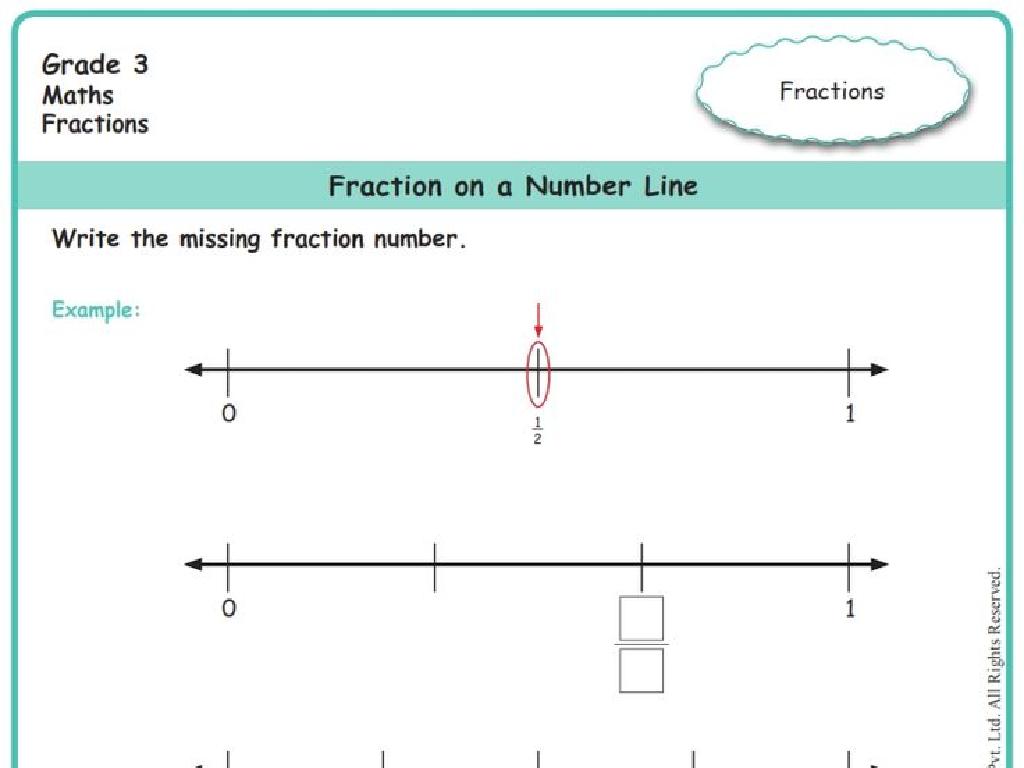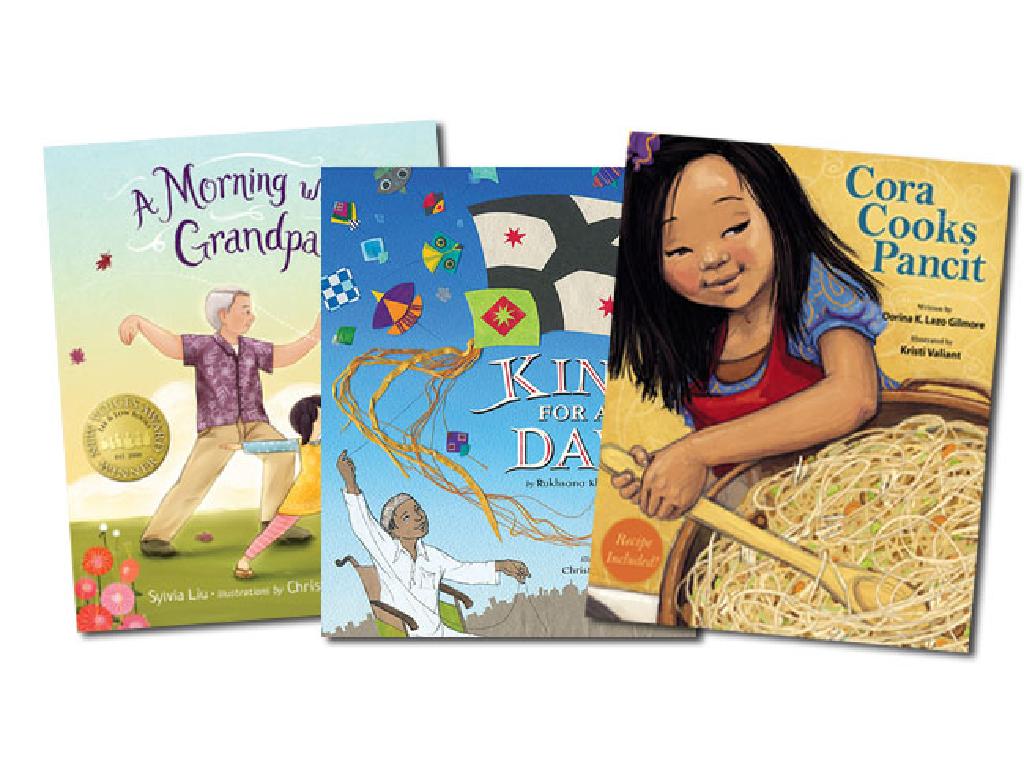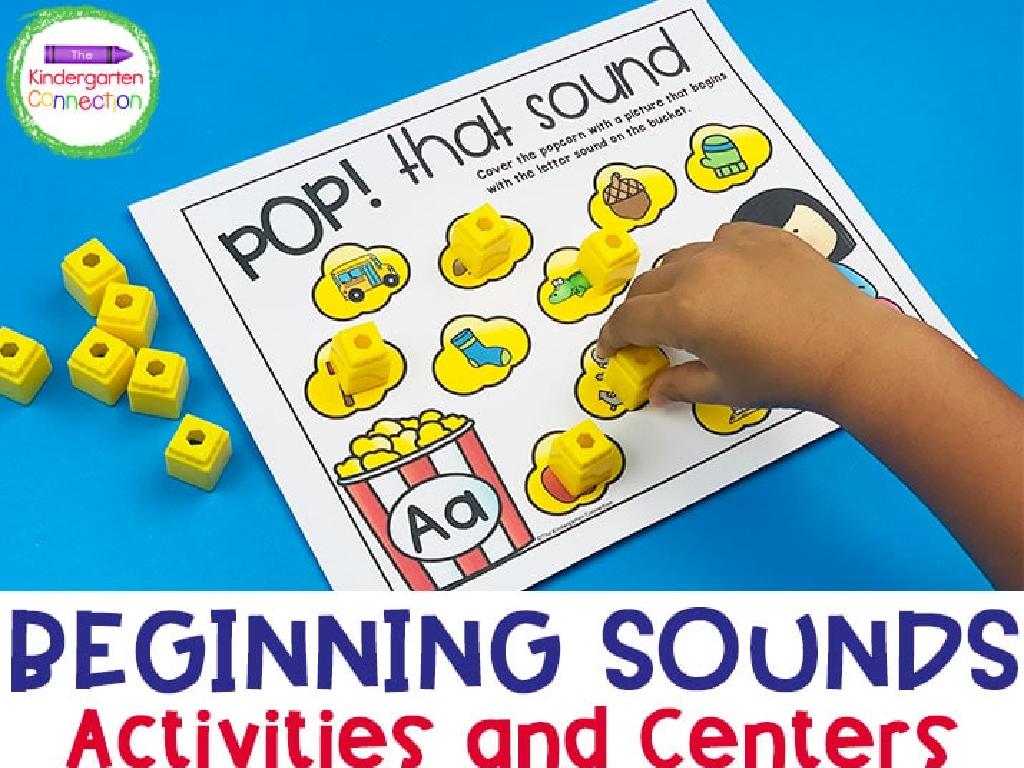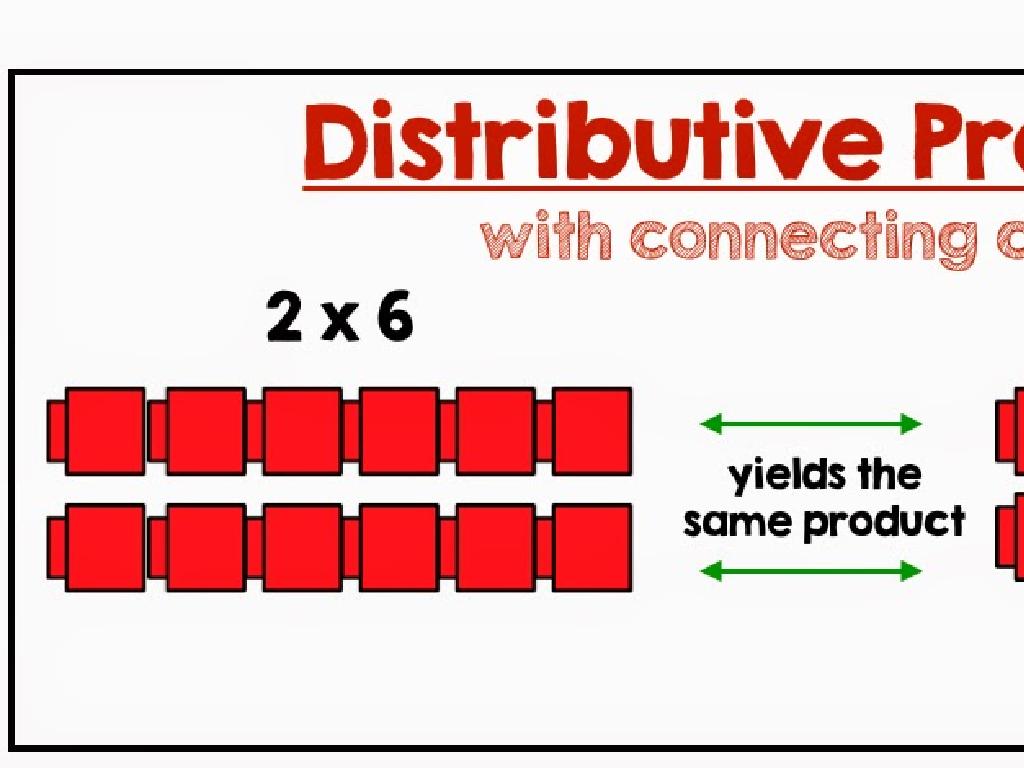Read And Construct Flowering Plant Life Cycle Diagrams
Subject: Science
Grade: First grade
Topic: Plants
Please LOG IN to download the presentation. Access is available to registered users only.
View More Content
Welcome to the World of Plants!
– Learning how plants grow
– Plants’ growth requirements
– Sunlight, water, soil, and air are essential
– Exploring flowering plant life cycle
– From seed to a mature flowering plant
– Understanding plant stages
– Seed, germination, growth, flower, pollination
|
This slide introduces first graders to the basics of plant growth and the life cycle of flowering plants. Begin by engaging students with a question about what plants need to grow, encouraging them to think about sunlight, water, soil, and air. Then, explain that they will learn about the stages a plant goes through from being a seed to becoming a full-grown plant with flowers. Use simple language and real-life examples that they can relate to, such as a seed in a garden growing into a beautiful flower. This will set the foundation for understanding the life cycle of plants, which is an important concept in biology. The slide aims to spark curiosity and prepare students for a more detailed look at each stage of a plant’s life.
The Life Cycle of Flowering Plants
– What is a life cycle?
– A life cycle is how a living thing grows and changes over time.
– Every plant has a life cycle
– Flowering plants’ life cycle stages
– Includes seed, germination, growth, reproduction, pollination, and seed spreading.
– Observing changes in plants
– We’ll watch how a plant starts from a seed and becomes a flower!
|
This slide introduces the concept of life cycles to first-grade students, focusing on flowering plants. Begin by explaining what a life cycle is and that all living things, including plants and animals, have life cycles. Emphasize that today’s lesson will concentrate on the life cycle of flowering plants. Explain each stage of the life cycle: starting from a seed, germination (when the seed begins to grow), growth (developing into a mature plant), reproduction (making new seeds), pollination (transfer of pollen), and seed spreading (seeds move to new places to grow). Use simple language and encourage students to think of examples of changes they have seen in plants or flowers at home or school.
The Seed Stage: Beginning of a Plant’s Life
– Every flowering plant begins as a seed
– Think of seeds as baby plants
– Just like babies, seeds are small but grow big!
– Seeds require soil, water, and sun to grow
– These are the essentials for a seed to start its life journey
– Observing seeds sprout into seedlings
– We can watch tiny seeds burst into new life with the right care
|
This slide introduces the first stage of a flowering plant’s life cycle, the seed stage. Explain to the students that all the beautiful flowers they see around started off as tiny seeds. These seeds are ‘baby plants’ that need care, just like human babies. They need the right amount of soil to live in, water to drink, and sunlight to keep them warm and help them grow. An activity could involve planting seeds in cups and observing their growth over time, teaching children the importance of care and the conditions needed for life to flourish.
Plant Life Cycle: Germination
– Germination: Seeds start to grow
– It’s like a baby plant waking up inside the seed!
– Roots grow down, shoots grow up
– Roots reach for water, shoots reach for the sun
– Act out a sprouting seed
Let’s crouch down and slowly stand up, like a sprouting seed!
– Observe germination stages
|
This slide introduces the concept of germination in the plant life cycle. Germination is the process where a seed begins to grow into a new plant. Explain that the seed has a tiny plant inside it, which starts to grow when the conditions are right. A root will grow downward to absorb water and nutrients from the soil, while a shoot will grow upward towards the light. Engage the students by having them act out the process by crouching down as seeds and slowly standing up as they ‘sprout.’ This kinesthetic activity helps reinforce the concept. Additionally, set up a class activity where students can observe and record the stages of germination with real seeds in the classroom.
The Seedling Stage of Plant Life
– A sprout becomes a seedling
– When the first leaves appear, it’s a seedling
– Seedlings make food with sunlight
– They use sunlight to make food, called photosynthesis
– Seedlings are baby plants
– Just like babies, they’re small and need extra care
– They need water, sunlight, and love
|
This slide introduces the seedling stage, which is an early and critical phase in the life cycle of a flowering plant. Explain that a seedling is what a sprout grows into once it has its first true leaves. Discuss photosynthesis briefly, emphasizing that it’s how the plant makes its own food using sunlight. Highlight the vulnerability of seedlings and the importance of proper care, including water, light, and gentle handling. Encourage the students to think of seedlings as baby plants that need attention to grow strong and healthy. You can plan an activity where students plant their own seeds and watch them grow into seedlings, teaching them responsibility and care.
The Life Cycle of Flowering Plants: Adult Plant Stage
– Seedling grows into adult plant
– Flowers come in various colors
– Red, yellow, blue, and more!
– Flowers are crucial for seed production
– Flowers attract pollinators like bees and butterflies
– New seeds ensure plant life cycle continues
|
This slide focuses on the adult plant stage in the life cycle of flowering plants. Explain to students that a seedling, which sprouted from a seed, will grow into a mature plant with stems, leaves, and flowers. Discuss how flowers are not just pretty to look at but serve an important purpose: they are the reproductive part of the plant and are essential for making new seeds. Highlight that flowers come in many colors, which help attract pollinators such as bees and butterflies. These pollinators are vital for the process of pollination, leading to the production of seeds that will grow into new plants, thus continuing the life cycle. Encourage students to think about the different colors of flowers they have seen and to imagine how these colorful flowers play a role in the survival of the plant species.
The Magic of Pollination
– What is pollination?
– Moving pollen from one flower to another
– Helpers in pollination
– Bees, butterflies, birds carry pollen
– Pollination’s role in fruit
– Plants make fruit after pollination
– Seeds come from pollination
– New plants grow from these seeds
|
This slide introduces the concept of pollination to first graders. Begin by explaining that pollination is like a puzzle where pollen (tiny grains) needs to move from one flower to another to help the plant. Highlight the role of bees, butterflies, and birds as nature’s helpers that carry pollen between flowers. Discuss how after flowers are pollinated, they can make fruits and seeds. The seeds are important because they can grow into new plants. Use simple language and encourage students to think of examples of fruits they eat that come from pollinated flowers. You can bring in fruit to show the class or have pictures of pollinated plants and the animals that help in the process.
Making Seeds: Flowering Plant Life Cycle
– Flowers create seeds after pollination
– Pollination is when pollen reaches the flower’s center
– Seeds grow inside the plant’s fruit
– The fruit protects the seeds as they develop
– Many fruits and seeds are yummy to eat
– Apples, oranges, and beans are examples we eat
– Understanding seeds helps us learn about nature
|
This slide aims to explain the process of seed formation in flowering plants, which is a part of their life cycle. After pollination, where pollen grains reach the stigma of a flower, the plant begins to produce seeds. These seeds are often found within the fruit, which can be a protective and nourishing environment for the seed’s growth. Many of these fruits and seeds form part of our diet, providing an excellent opportunity to discuss healthy eating and the importance of plants in our food chain. Encourage the students to think about and share their favorite fruits and seeds, and discuss how these foods come from plants. This will help them connect the concept of plant life cycles with their everyday experiences.
The Cycle Continues: Plant Life Cycle
– Seeds grow into new plants
– Like a tiny baby plant inside, ready to grow!
– Life cycle begins anew
– Just like how you grow up!
– Recall the life cycle steps
– Let’s try to remember together what we learned.
|
This slide aims to reinforce the concept of the plant life cycle by emphasizing the continuity of the process. It’s important to help students understand that the life cycle is an ongoing process, much like their own growth. Encourage them to think of the seed as a ‘baby plant’ that grows up just like they do. Ask the students to recall the steps of the life cycle that were covered in the lesson, reinforcing their memory and understanding. This recapitulation will help solidify their grasp of the concept. You can use this opportunity to have a quick interactive session where students can volunteer to describe the steps in their own words.
Let’s Review: Flowering Plant Life Cycle
– First stage: Seed germination
– A seed sprouts to form a seedling
– After seedling: Growth
– The seedling grows into a mature plant with leaves and roots
– Plants making new seeds
– Through pollination and fertilization, plants produce fruits with seeds
– Recap the life cycle stages
|
This slide is a review of the flowering plant life cycle. Start by asking students to recall the first stage, which is seed germination, where a seed sprouts and begins to grow. Next, discuss the growth of the seedling into a mature plant, which develops leaves and roots. Then, explain how mature plants make new seeds through the process of pollination and fertilization, resulting in fruits that contain seeds. Finally, recap all the stages of the life cycle to reinforce the students’ understanding. Encourage the students to describe the process in their own words and ask questions if they’re unsure about any part of the life cycle.
Plant Life Cycle Craft Activity
– Create life cycle diagrams
– Draw each life cycle stage
– Seed, germination, growth, flowering, and seed spreading
– Arrange drawings in a circle
– Show the progression from seed to new seeds
– Understand the cycle of life
|
This class activity is designed to help first graders understand the life cycle of a flowering plant through a hands-on craft. Provide each student with paper and crayons. Guide them to draw the stages of a plant’s life: starting with a seed, then showing germination, growth, flowering, and finally the spreading of seeds. Once the drawings are complete, assist the students in arranging their drawings in a circular pattern to represent the continuous cycle. This visual and kinesthetic activity will help solidify the concept of life cycles in plants. Possible variations of the activity could include using different materials like cotton balls for seeds or pipe cleaners for stems, or even having students label each stage with the correct term.





